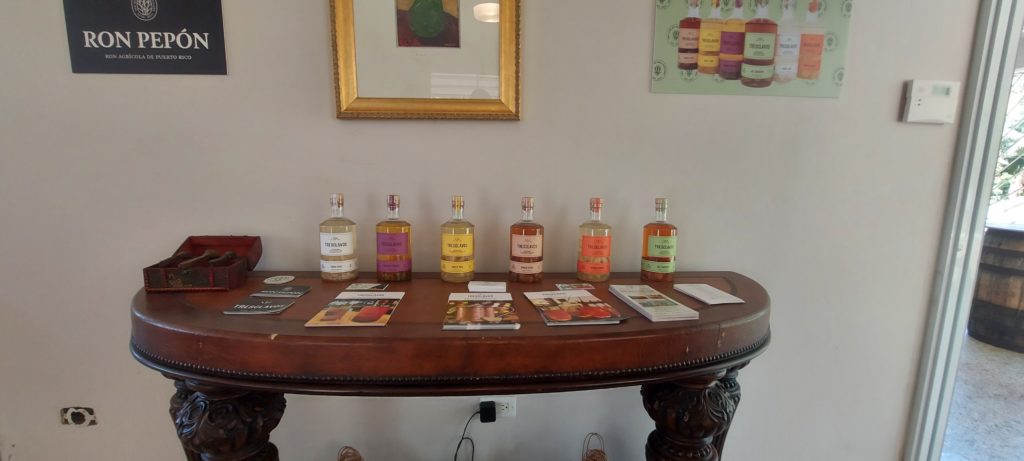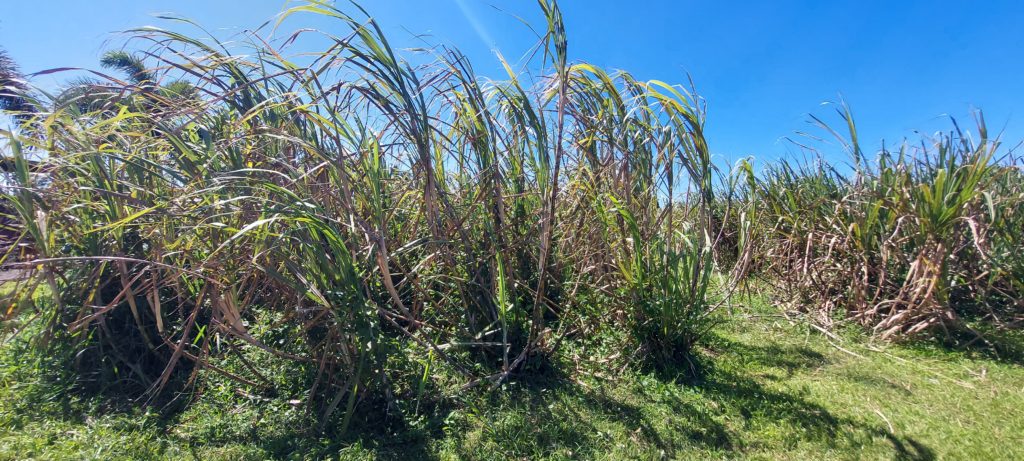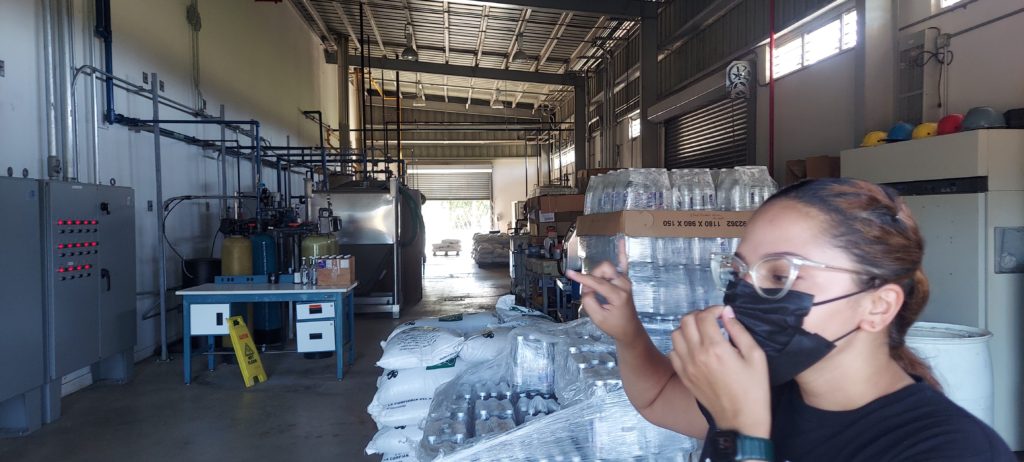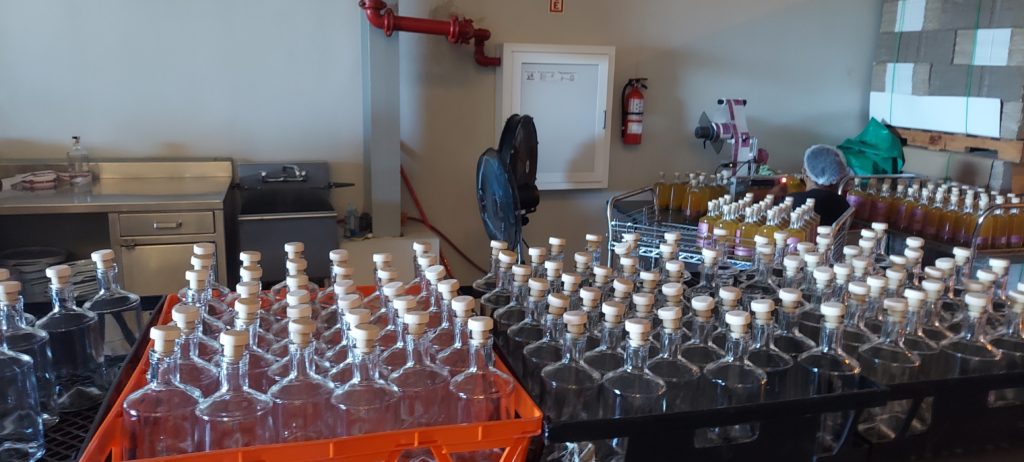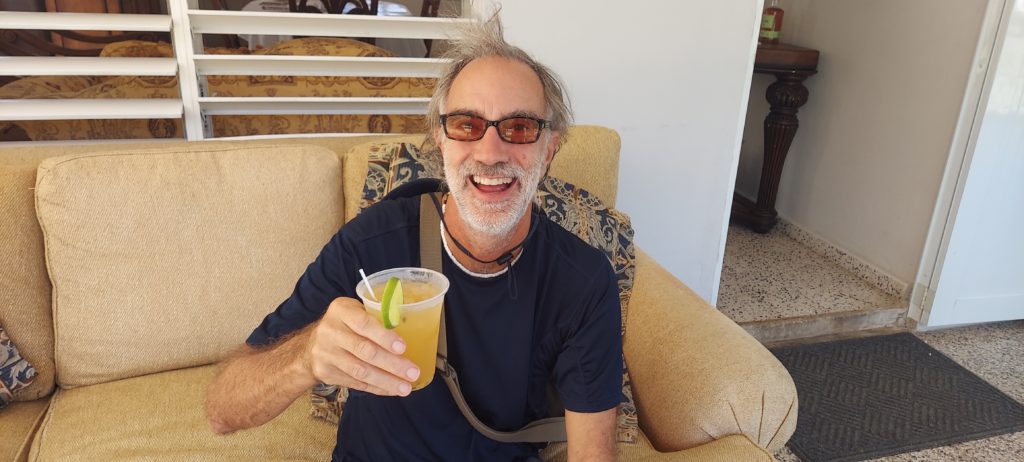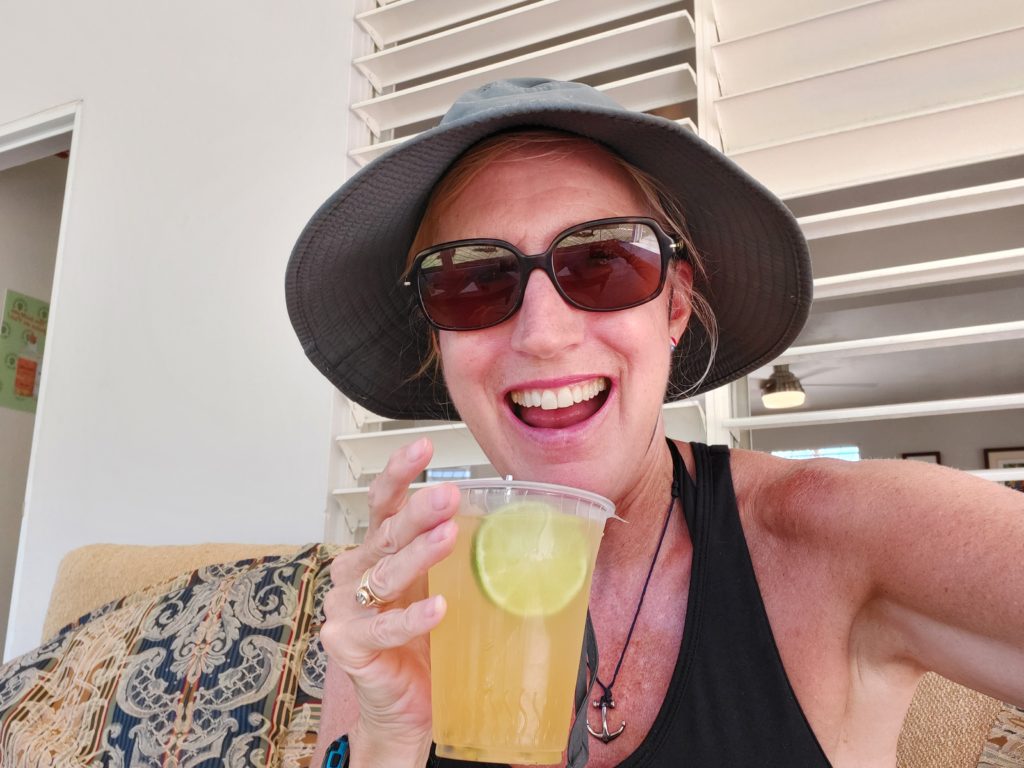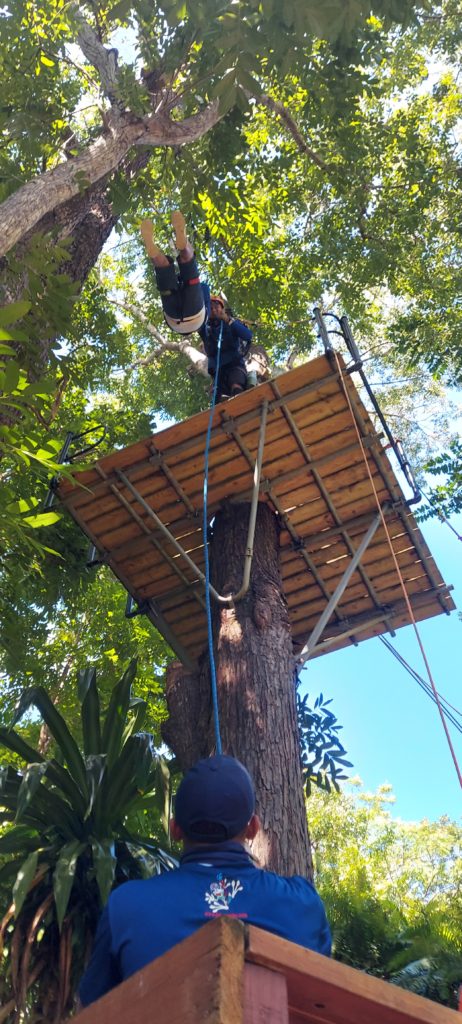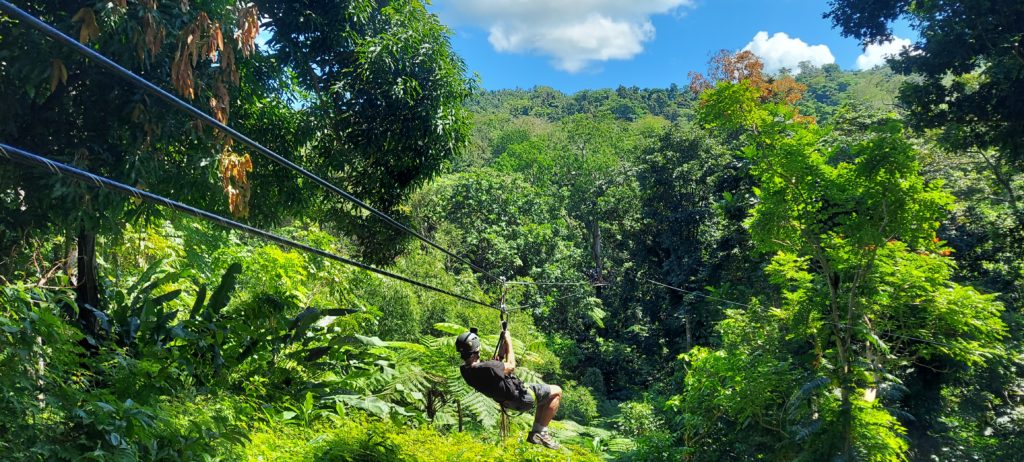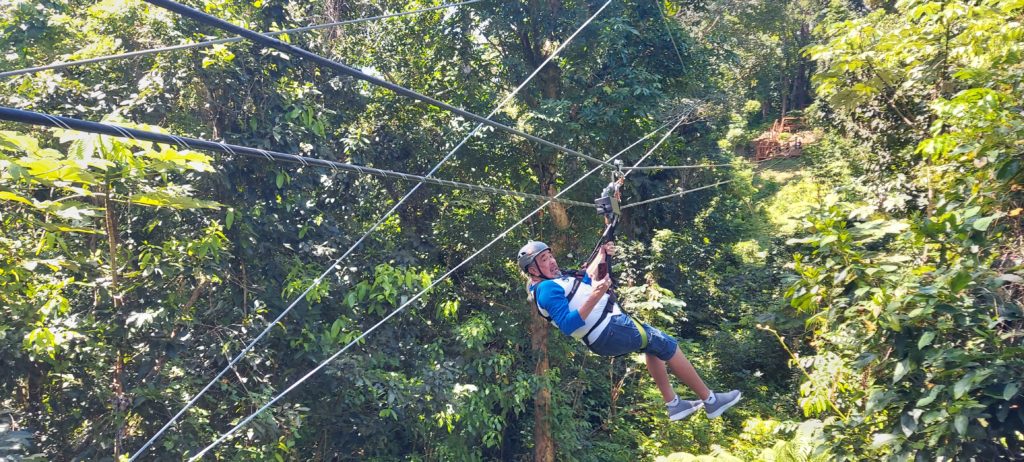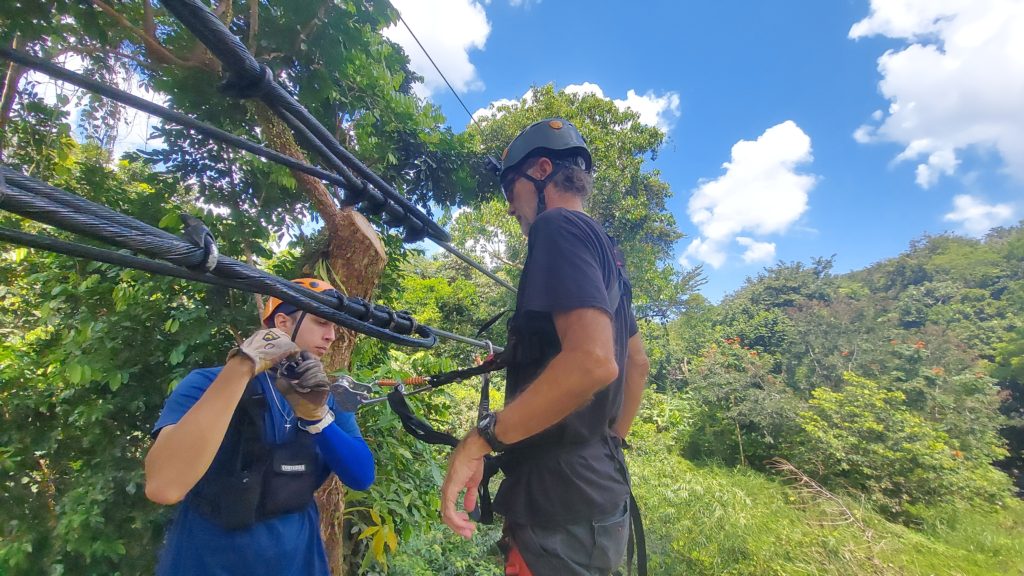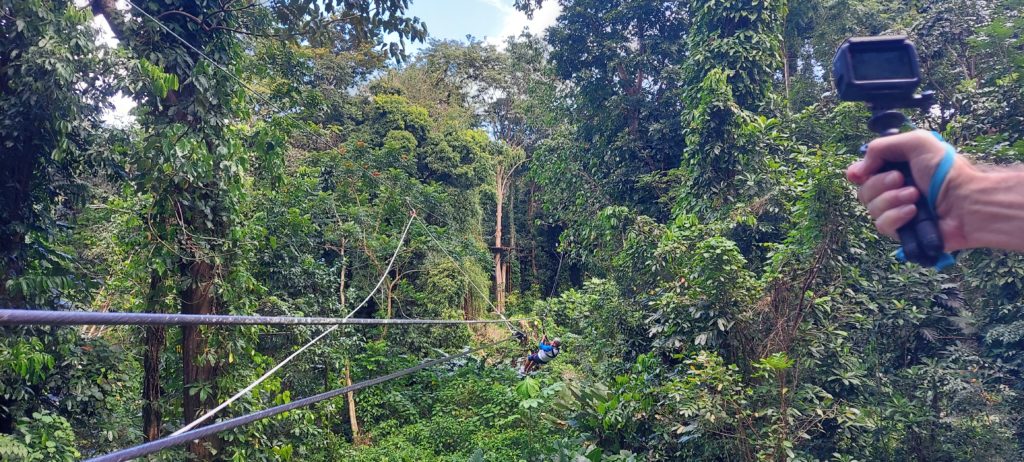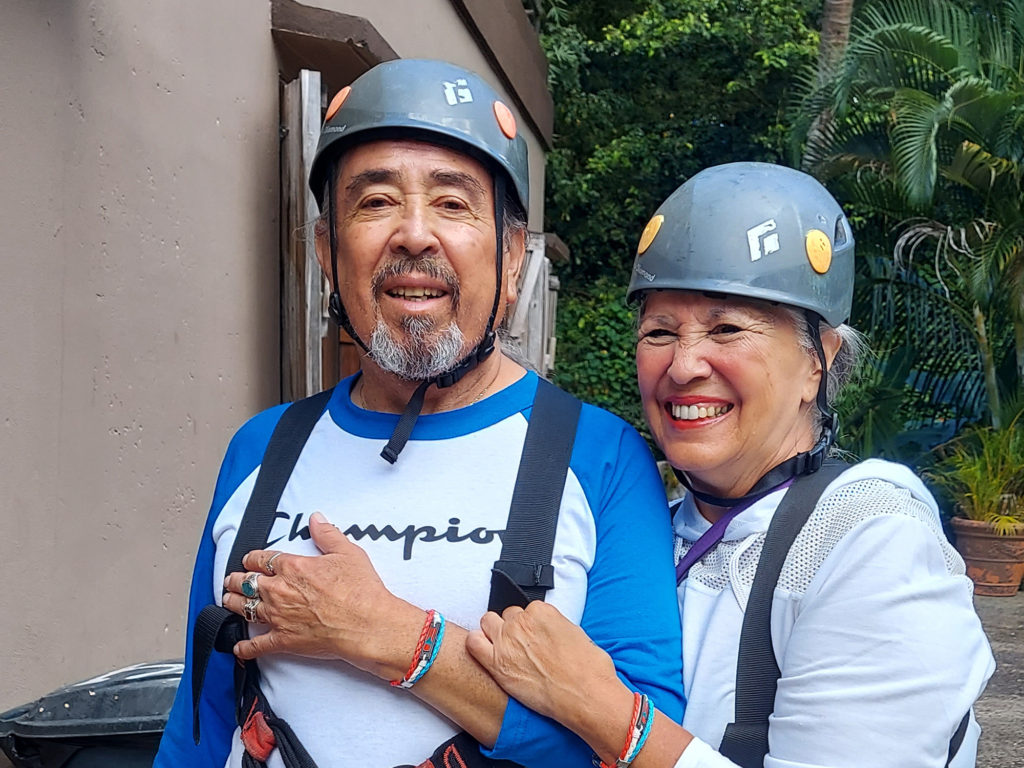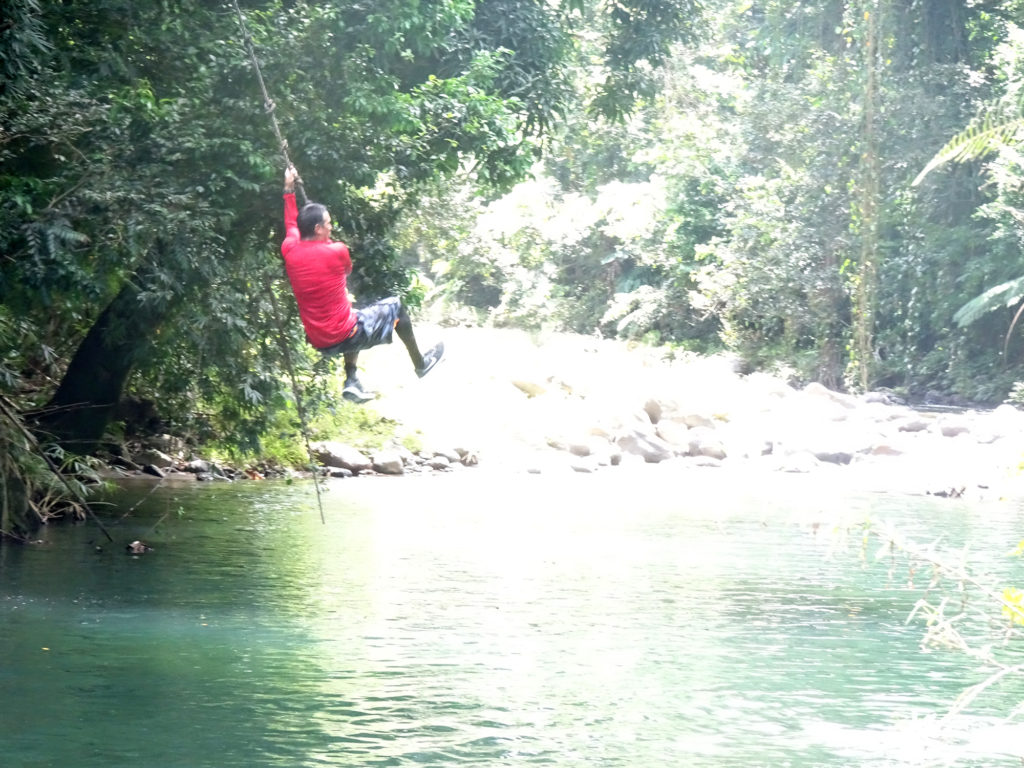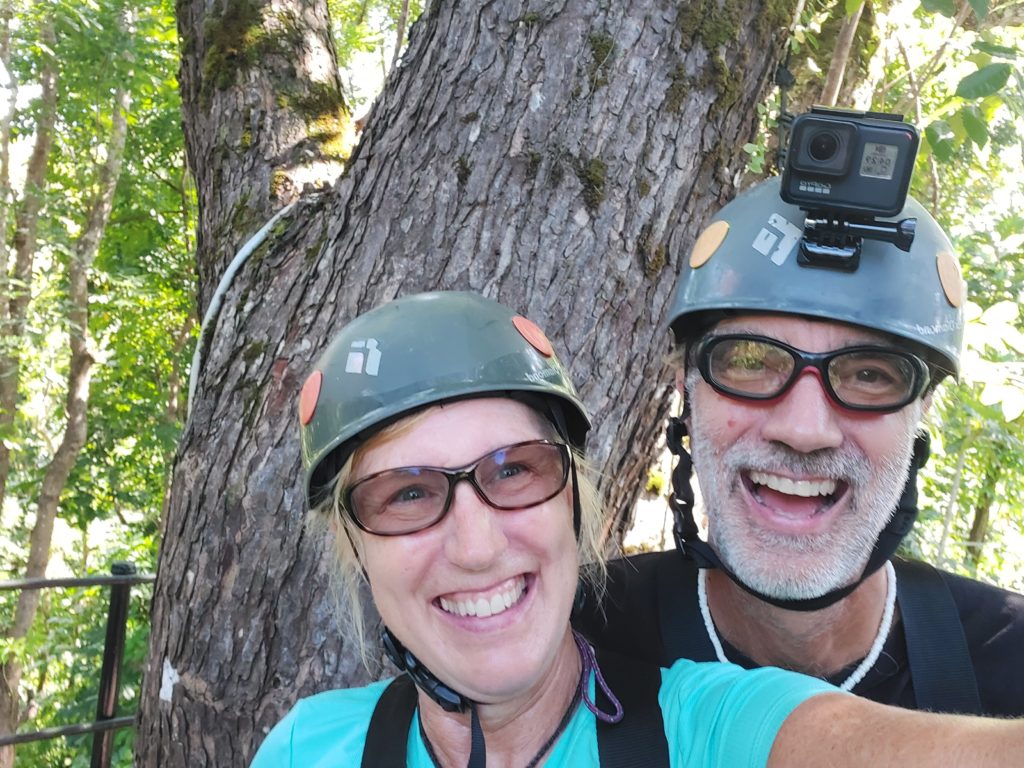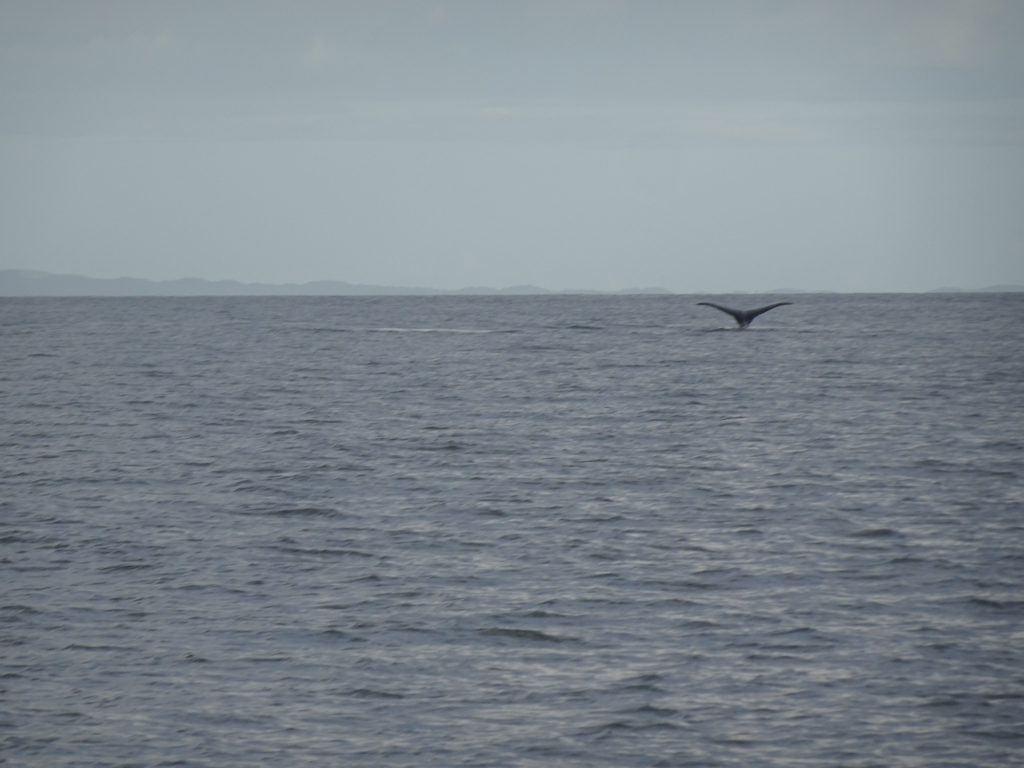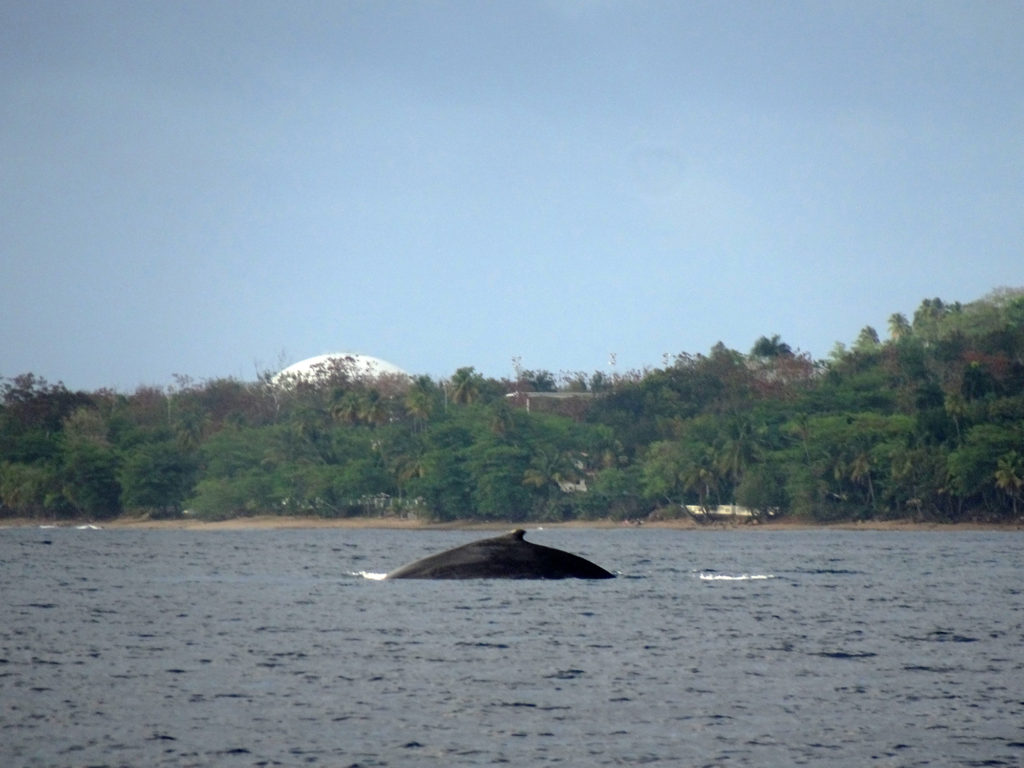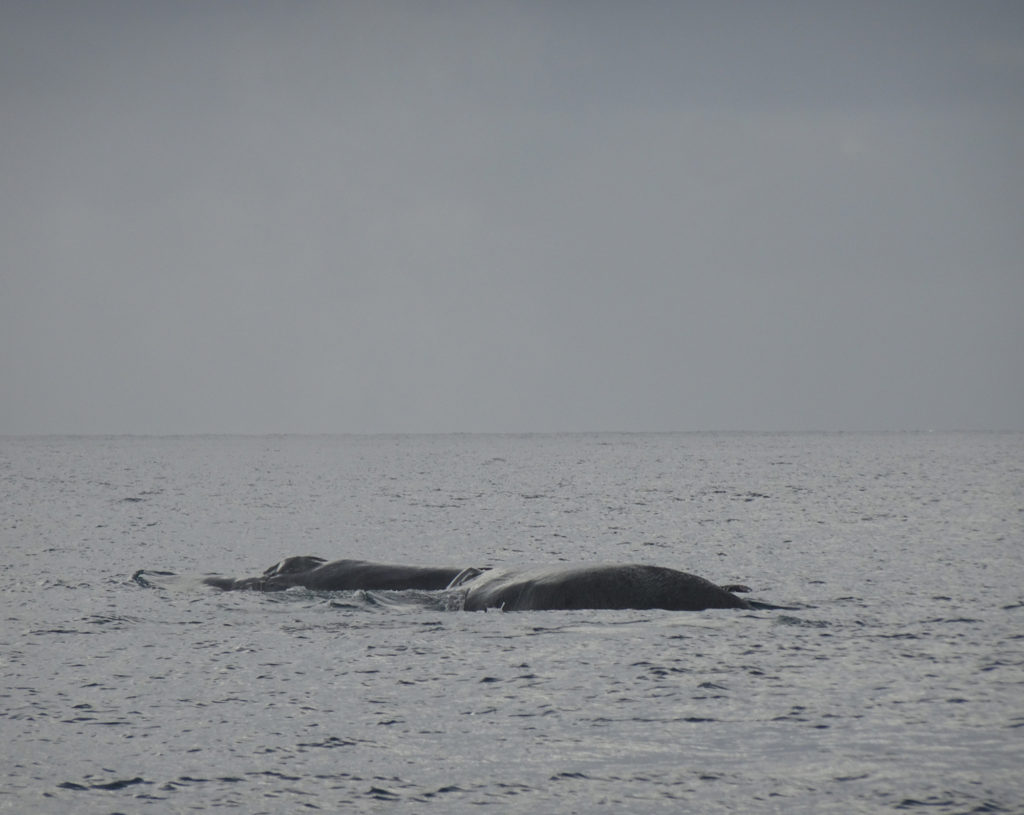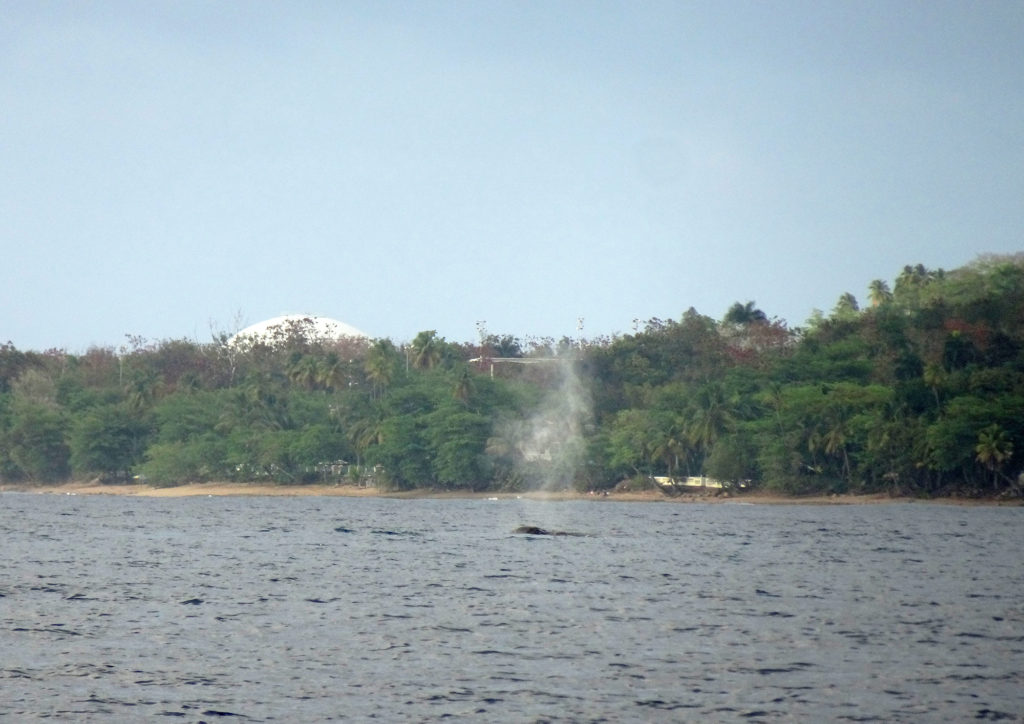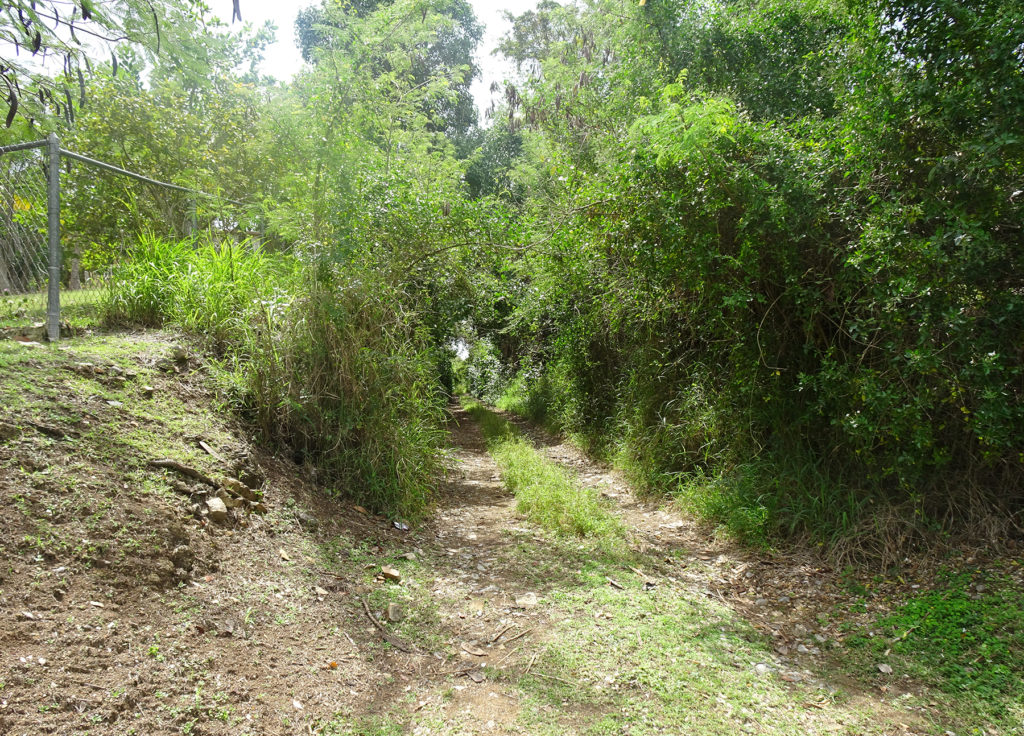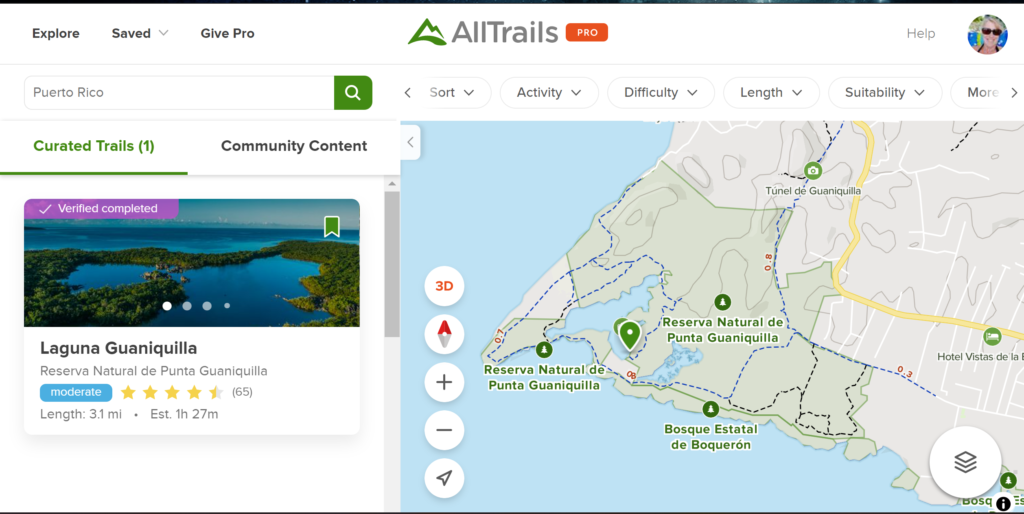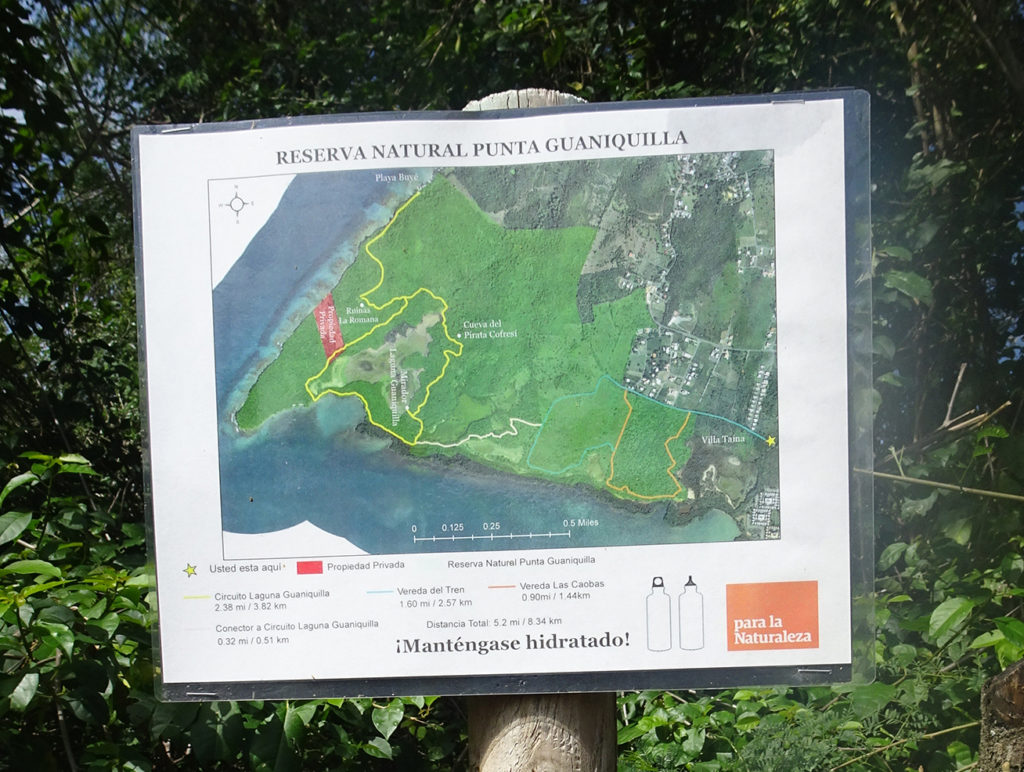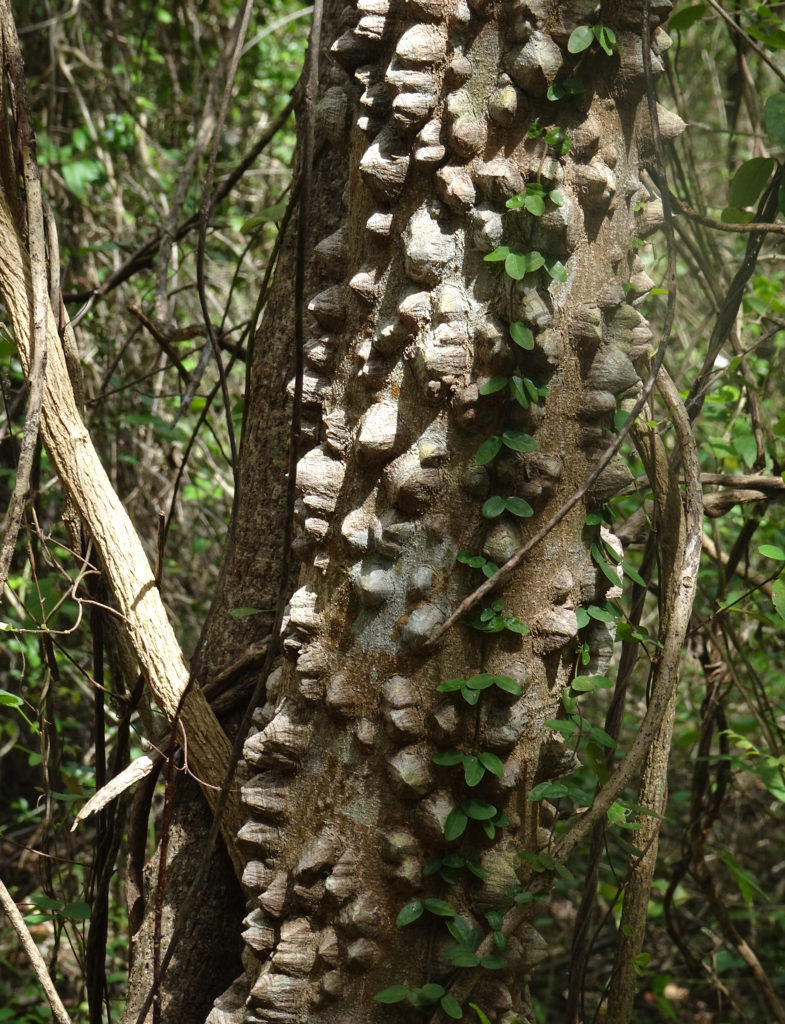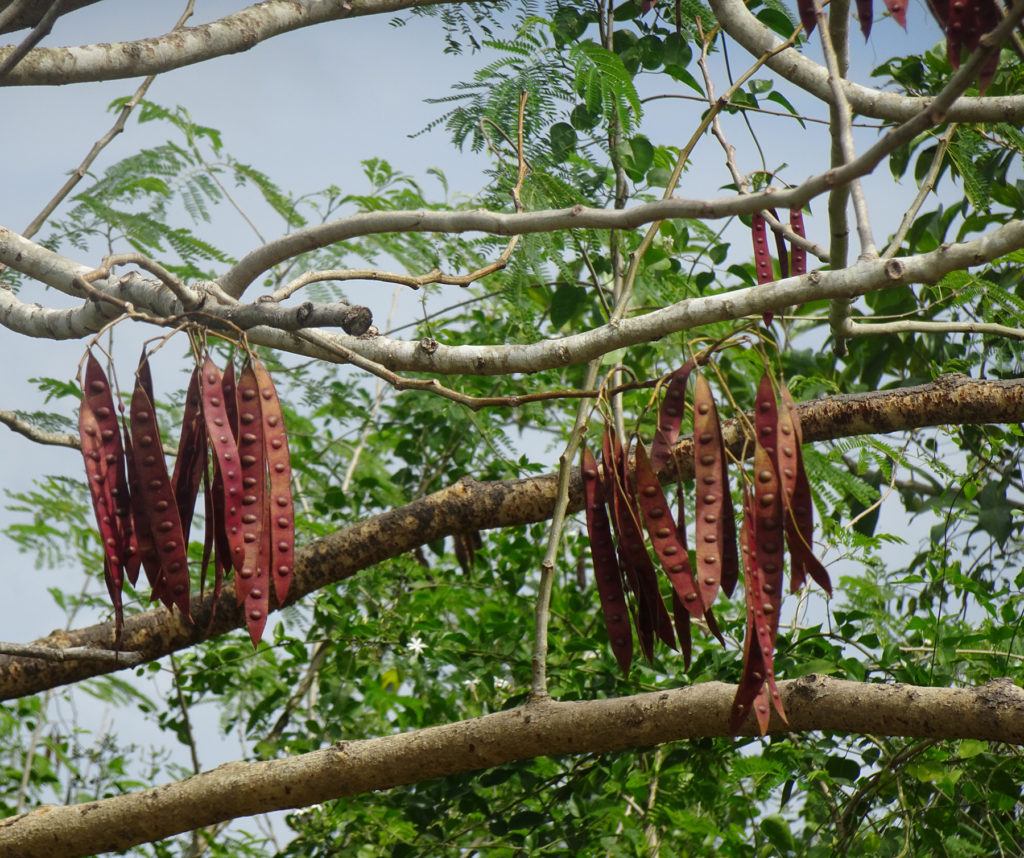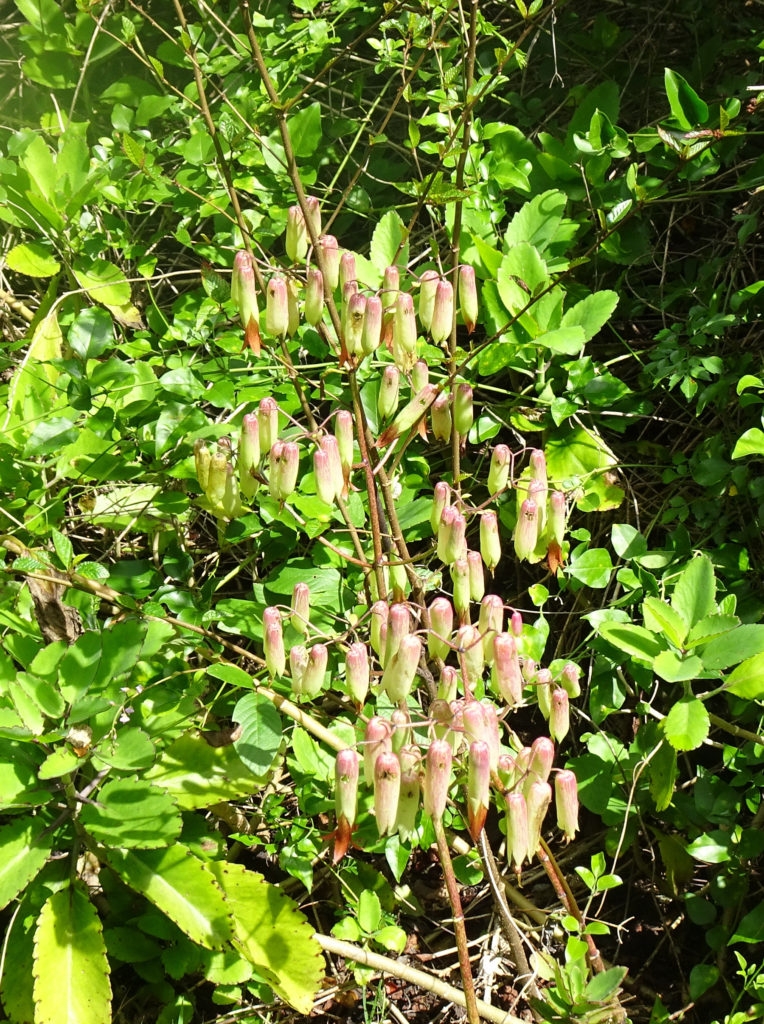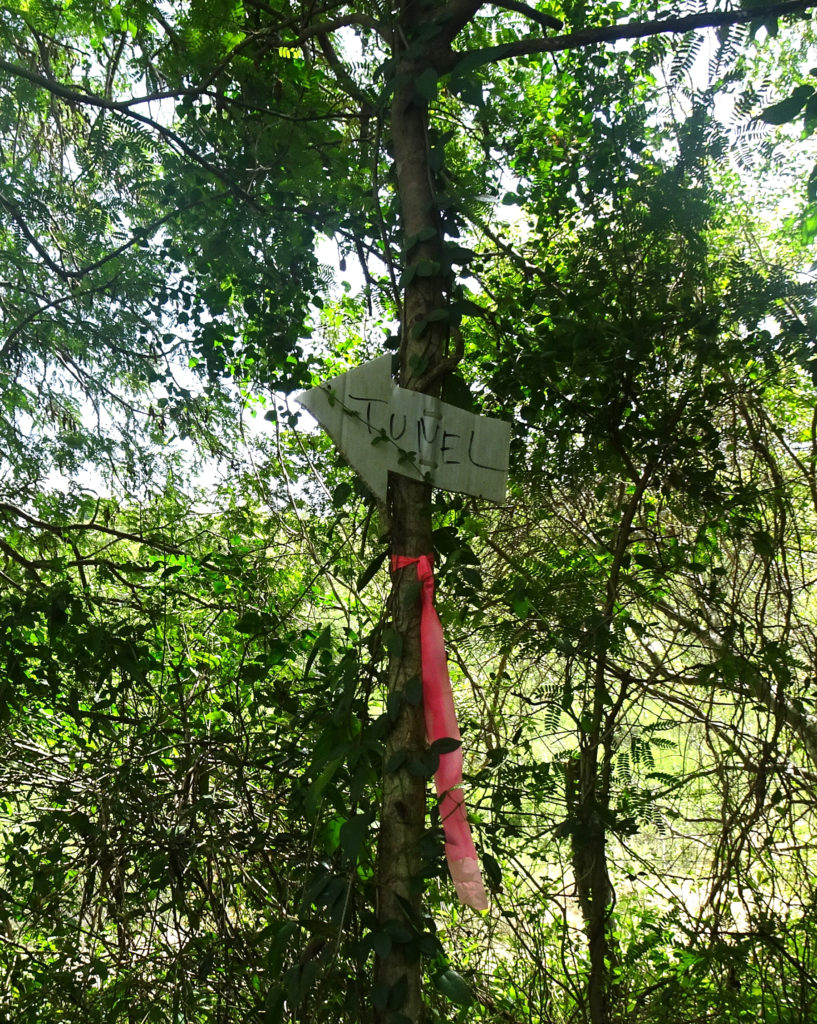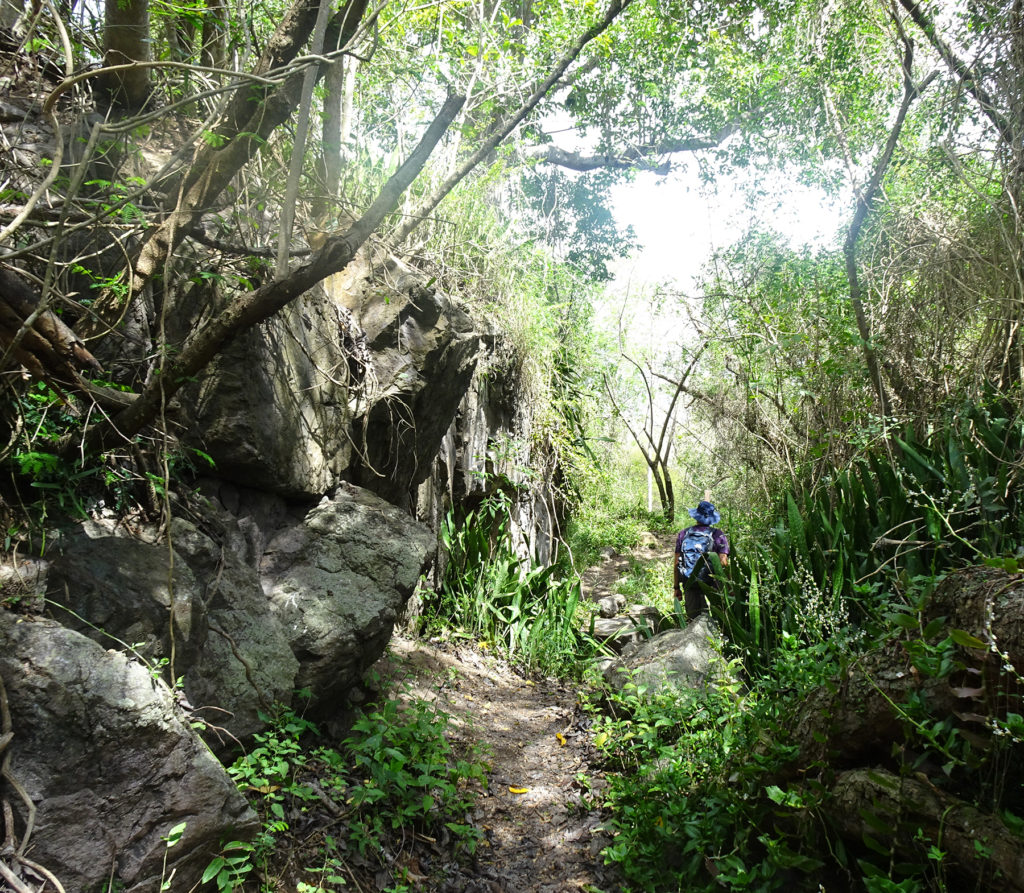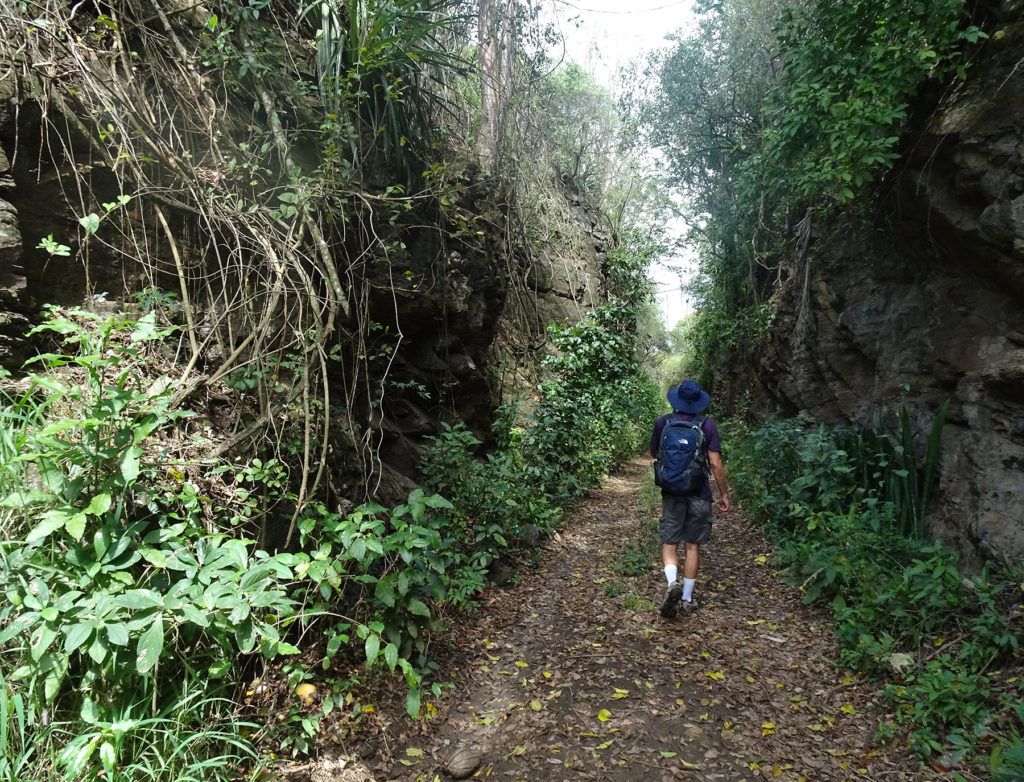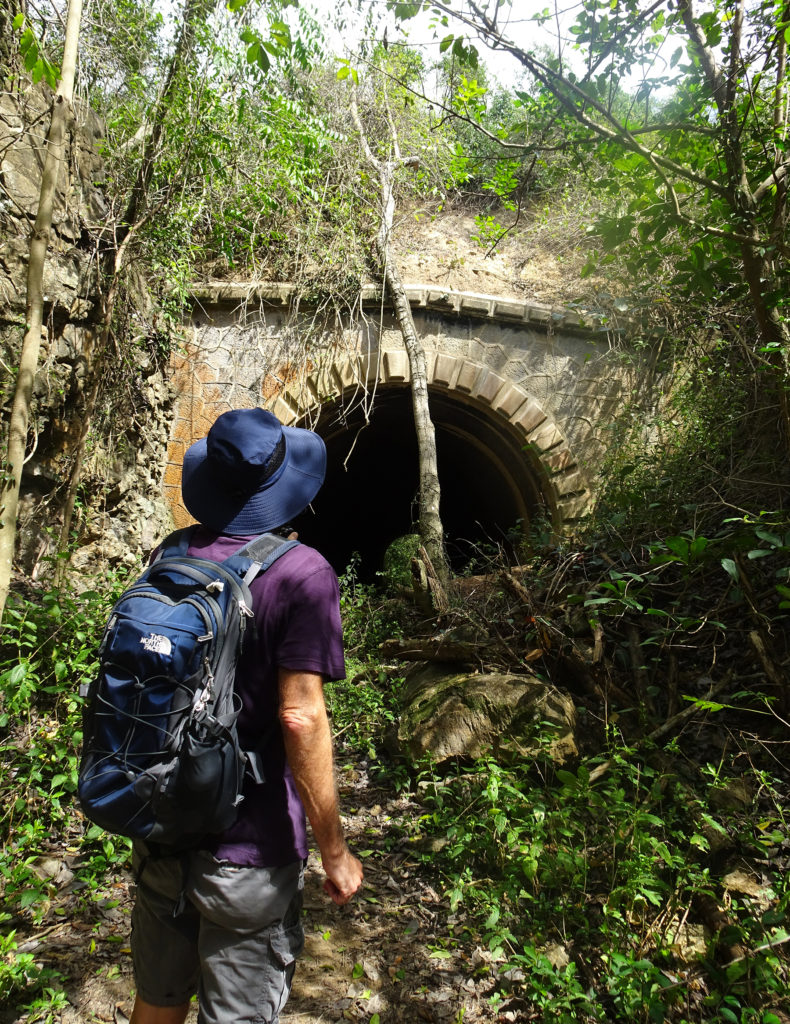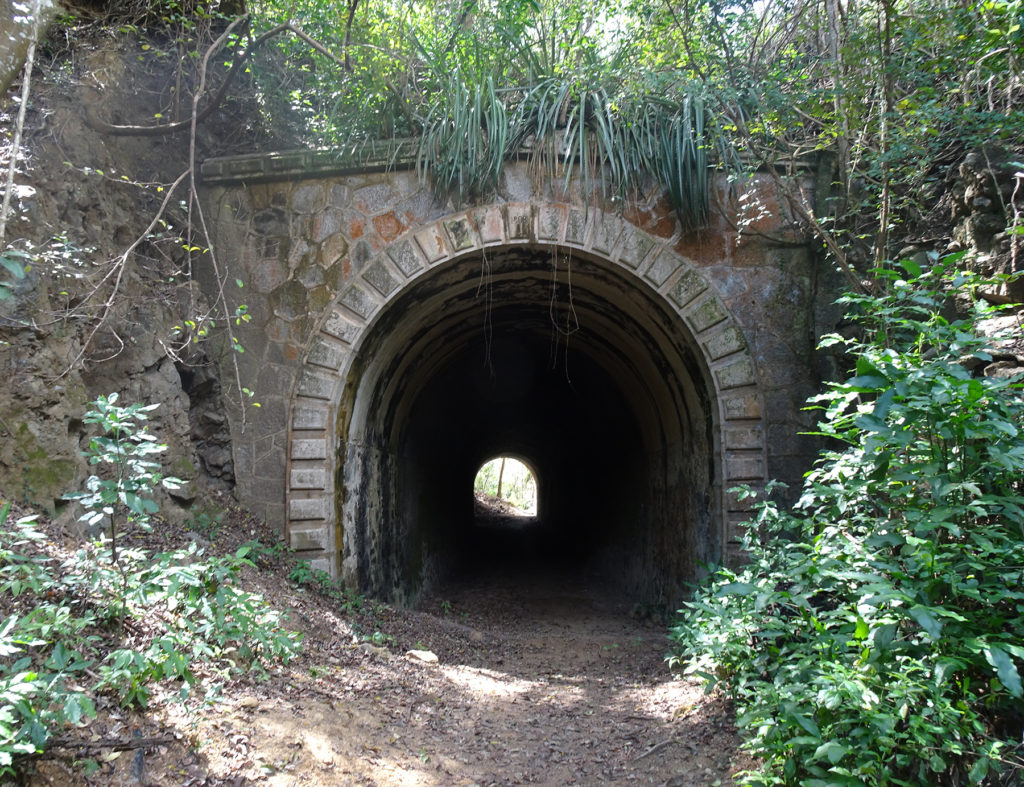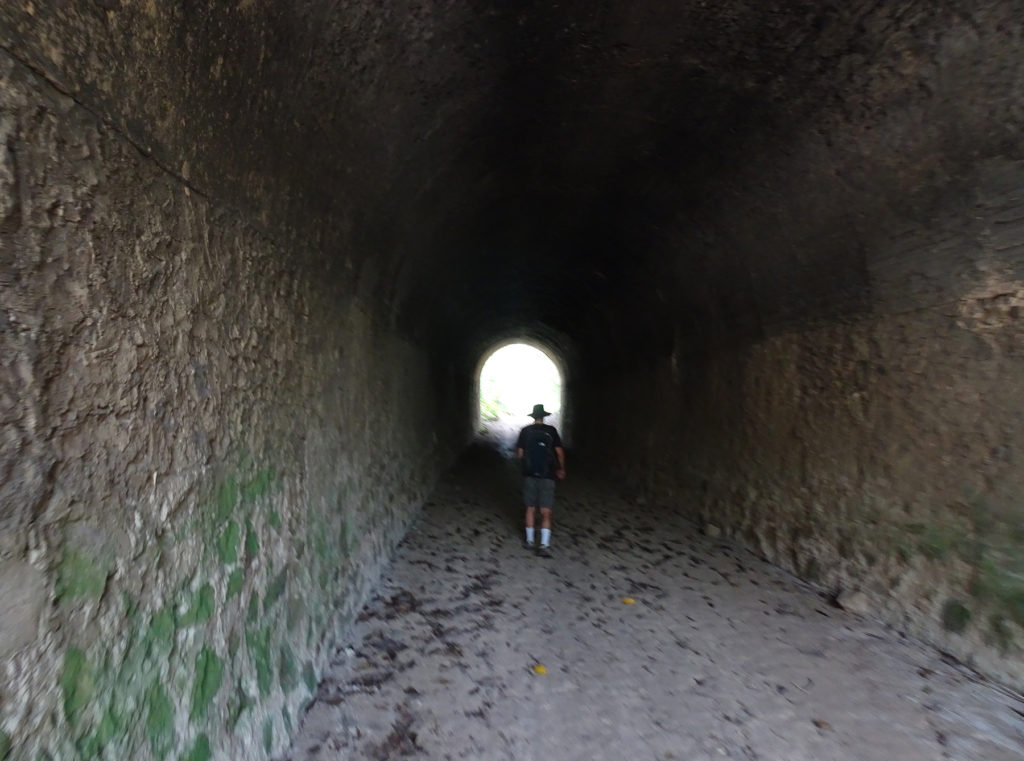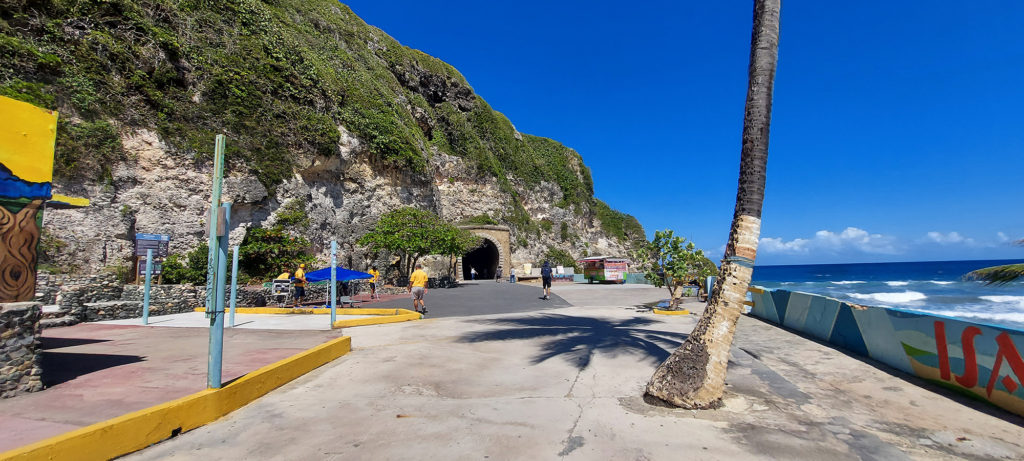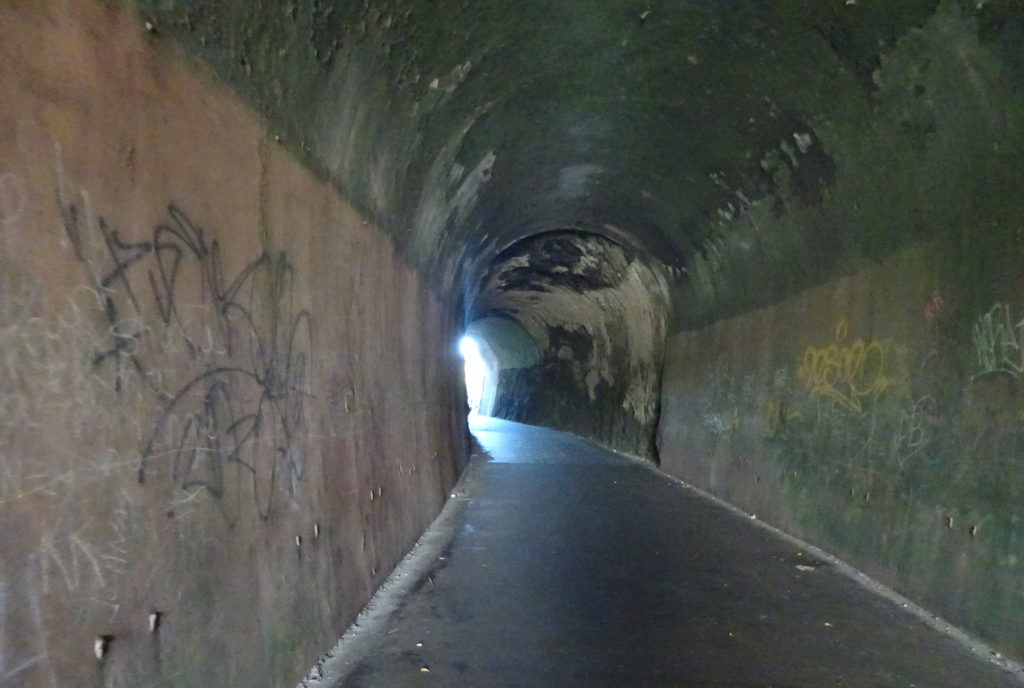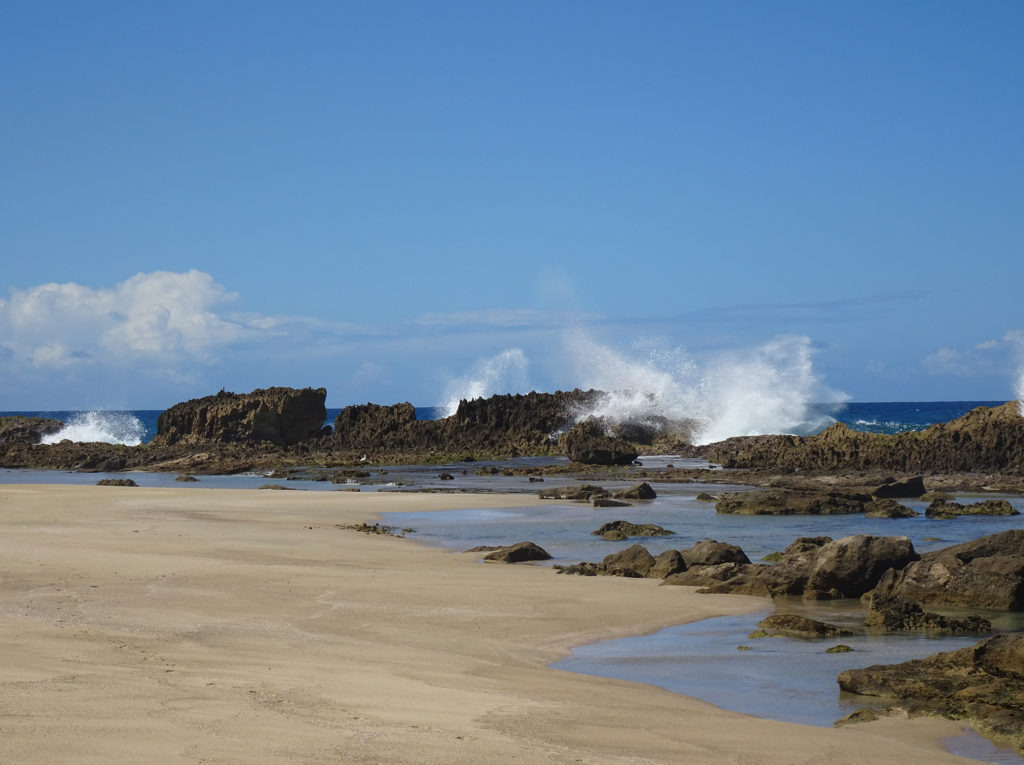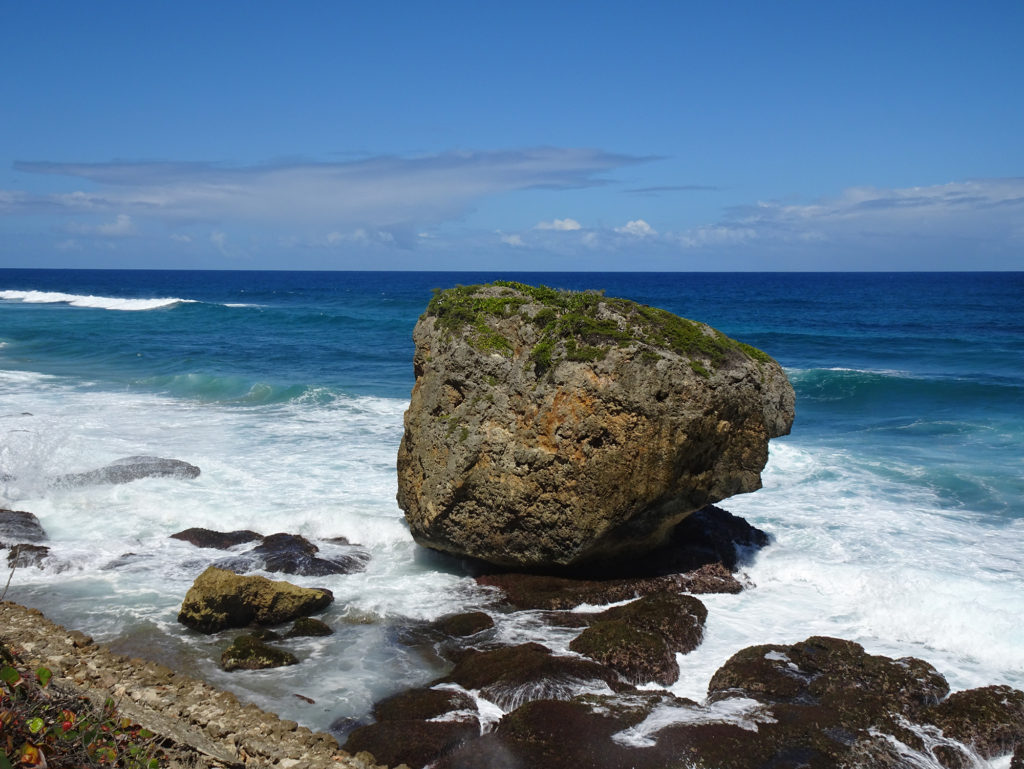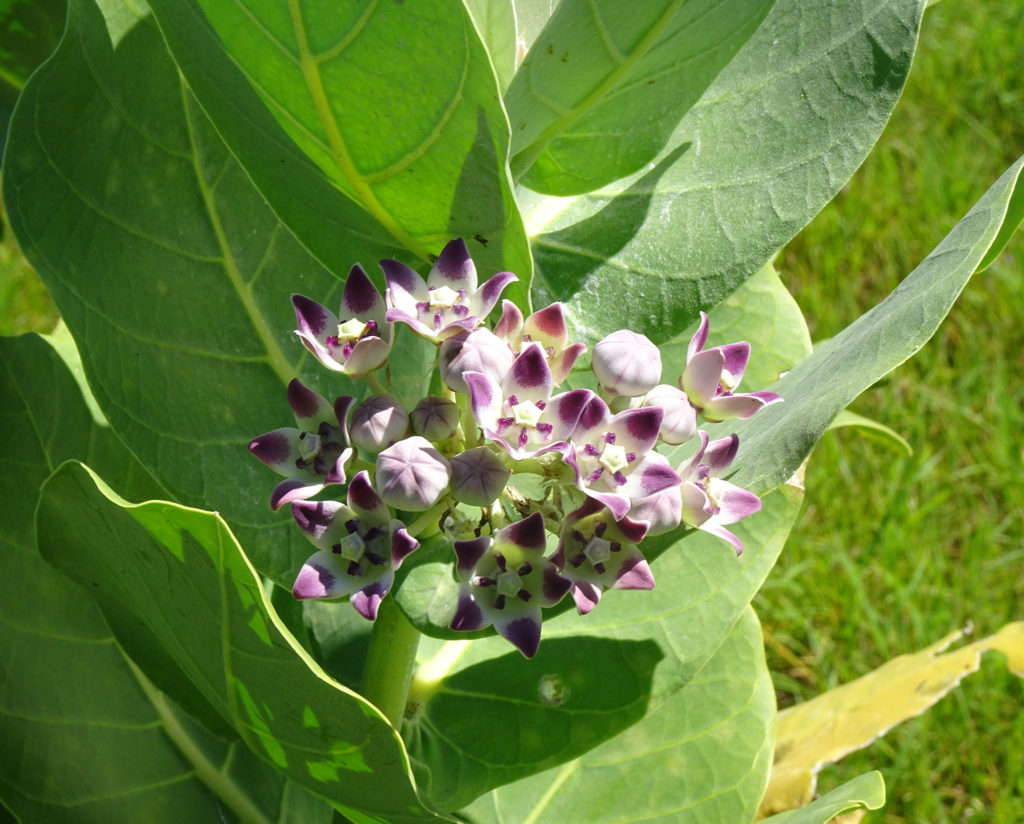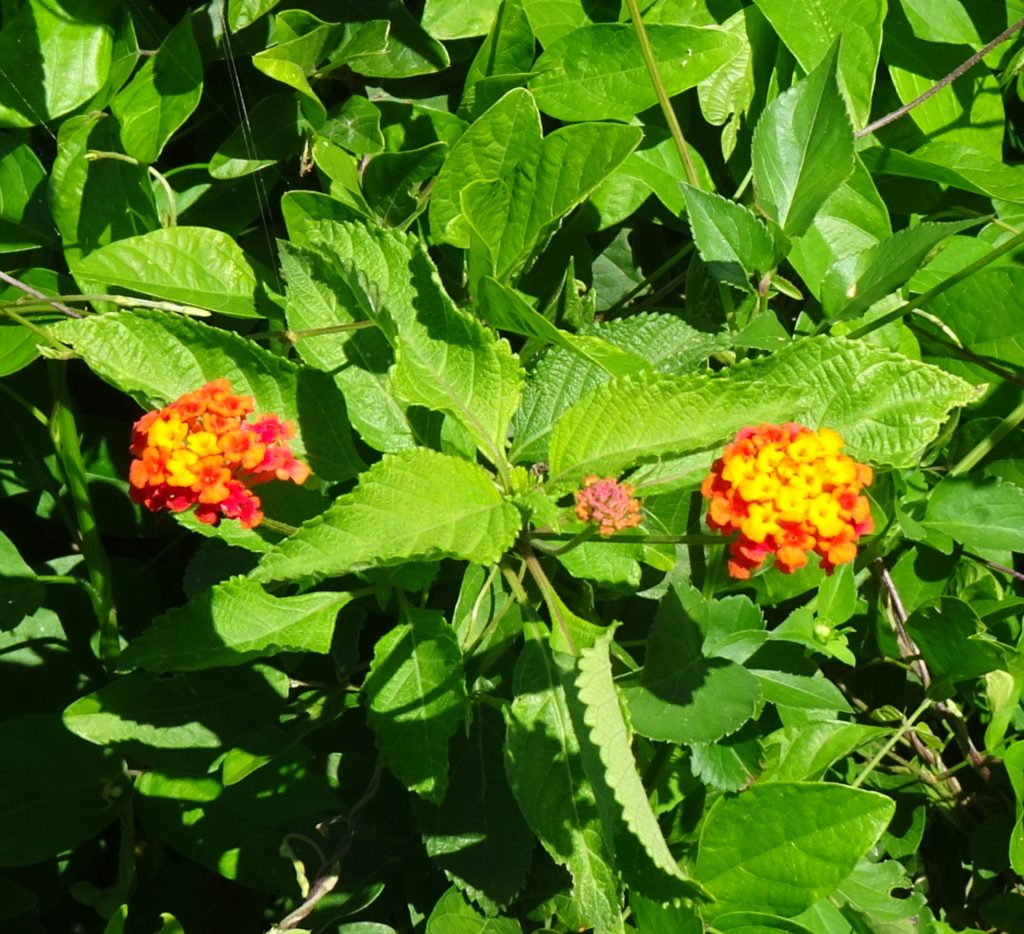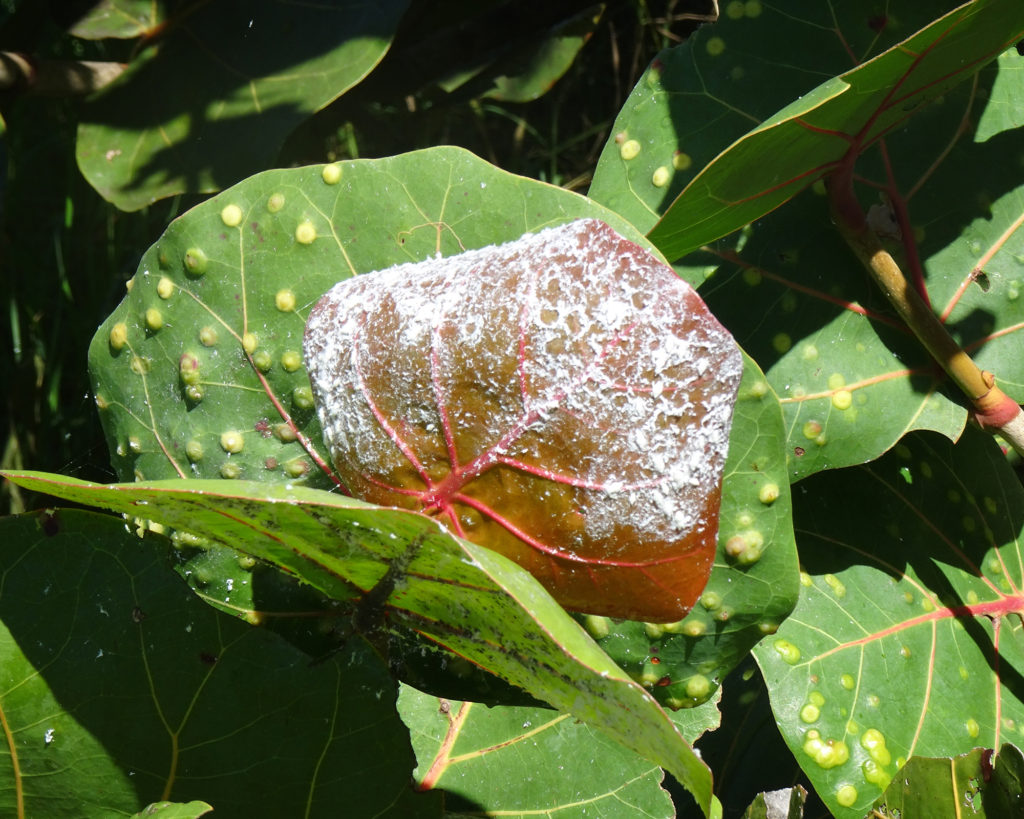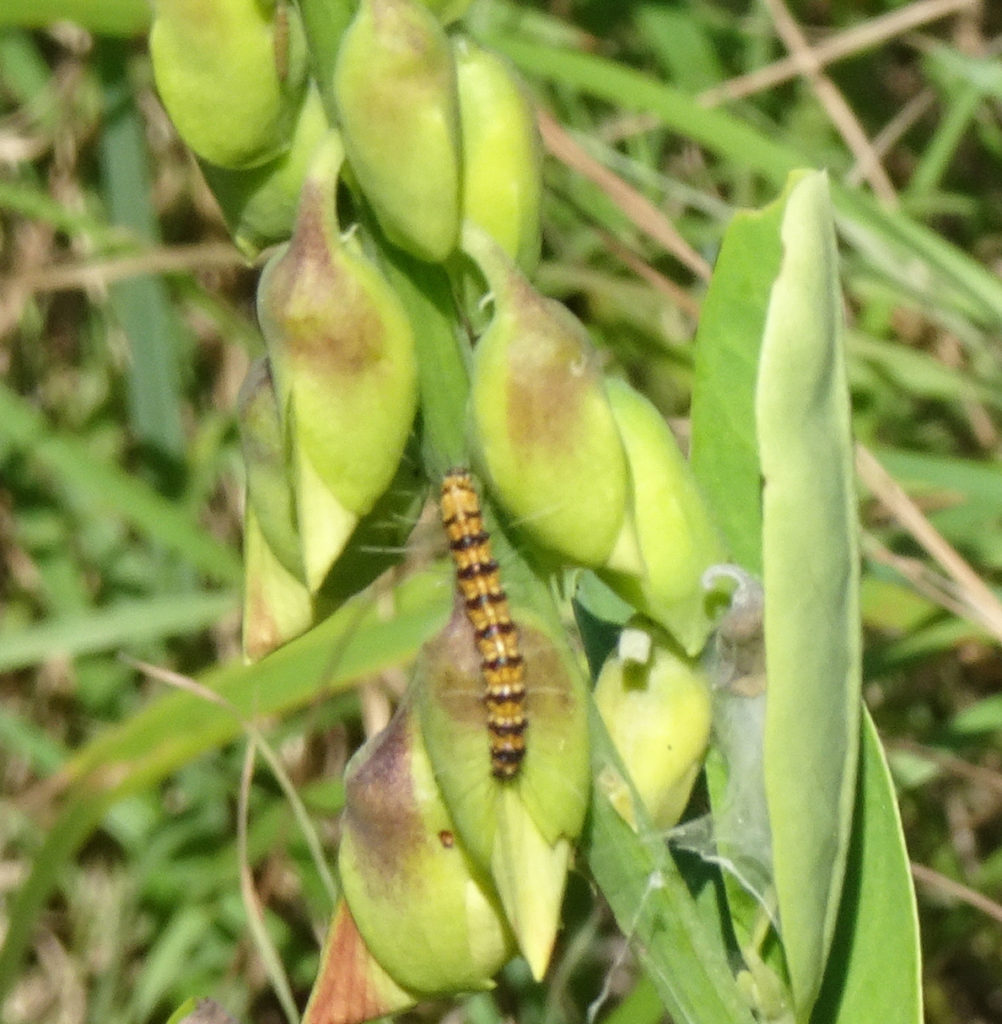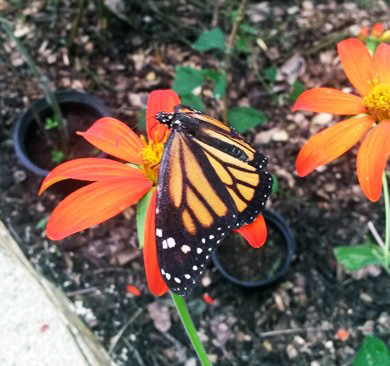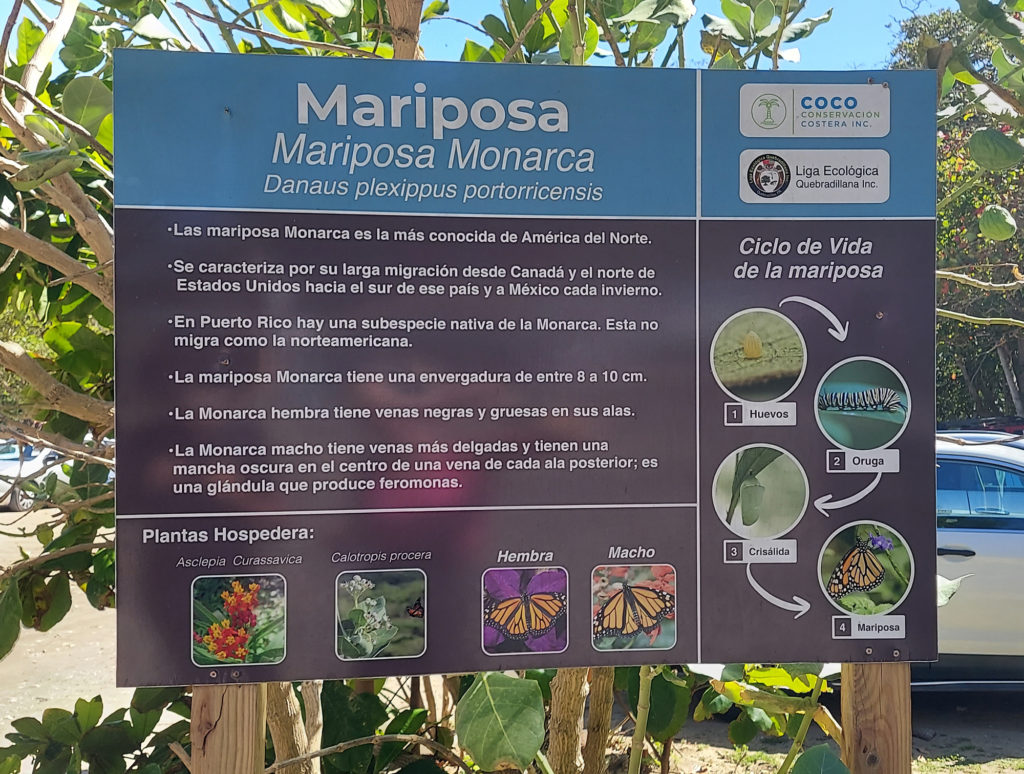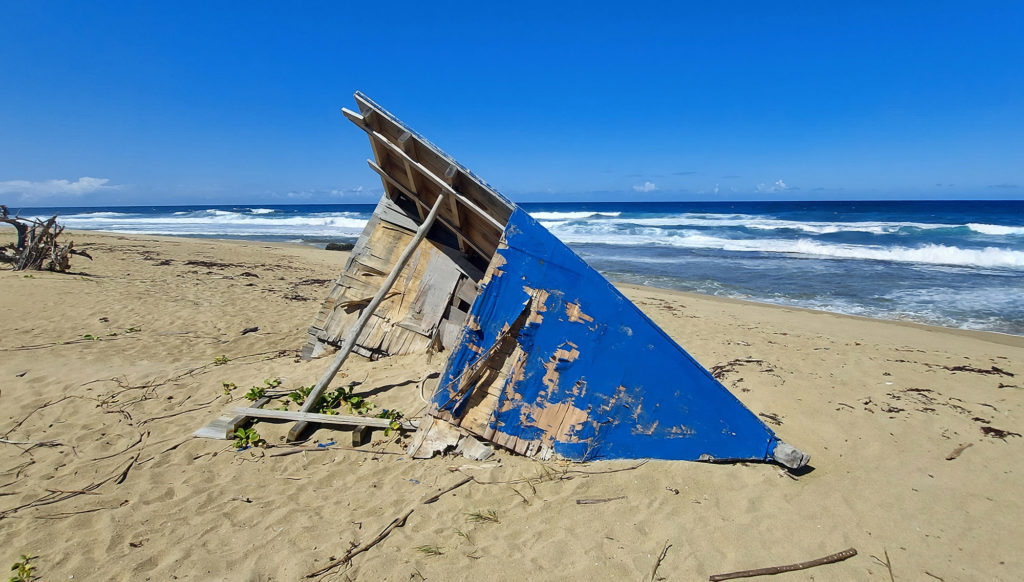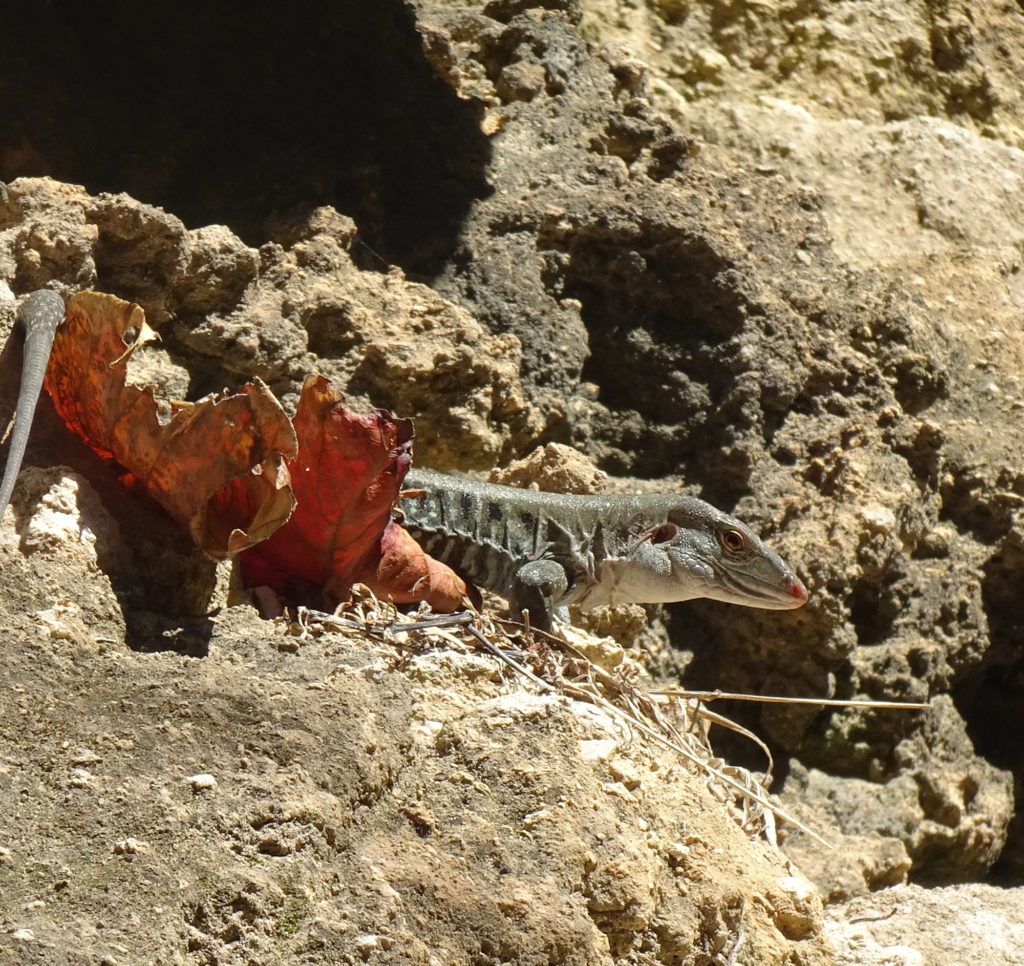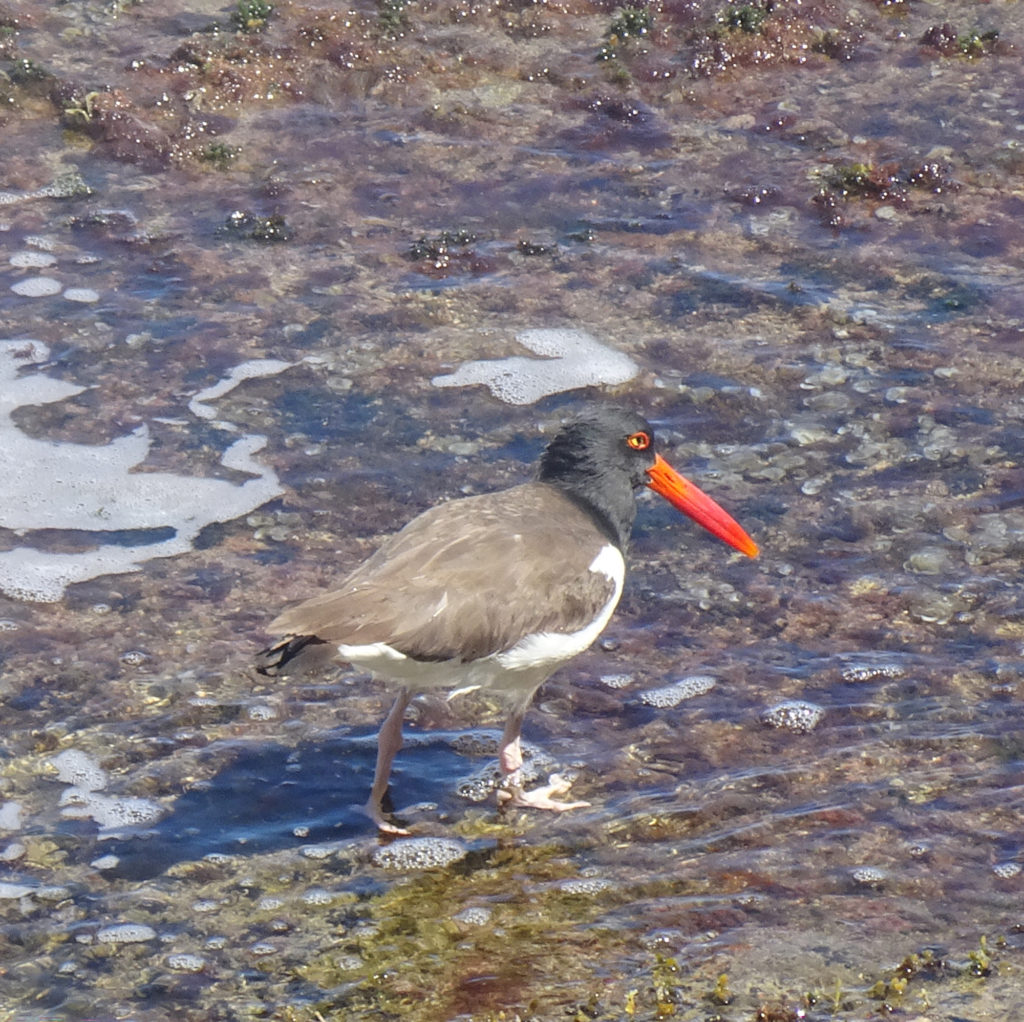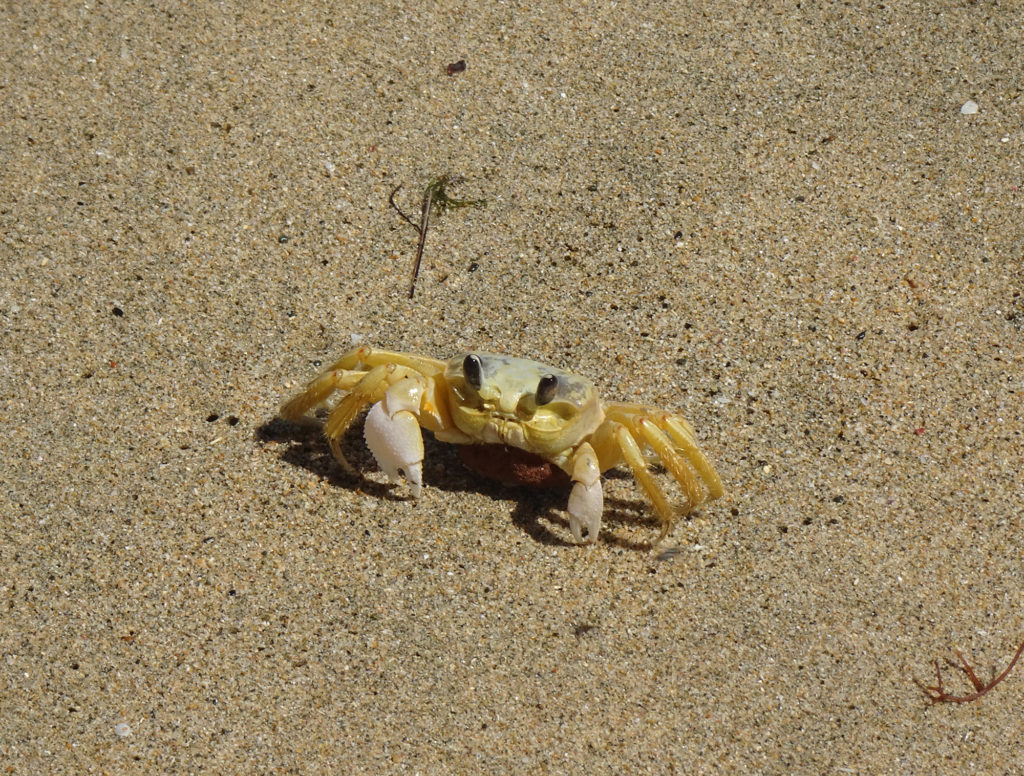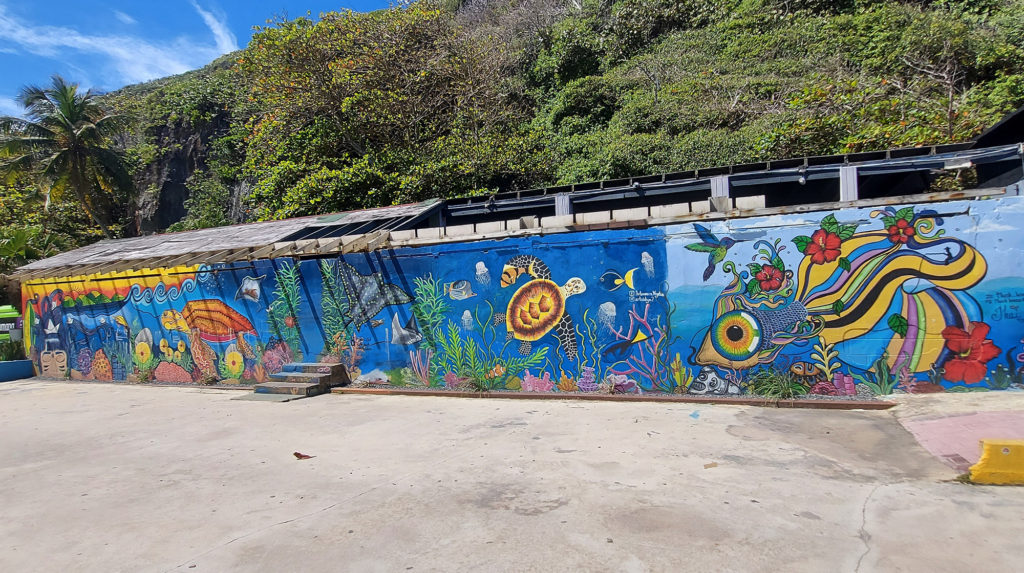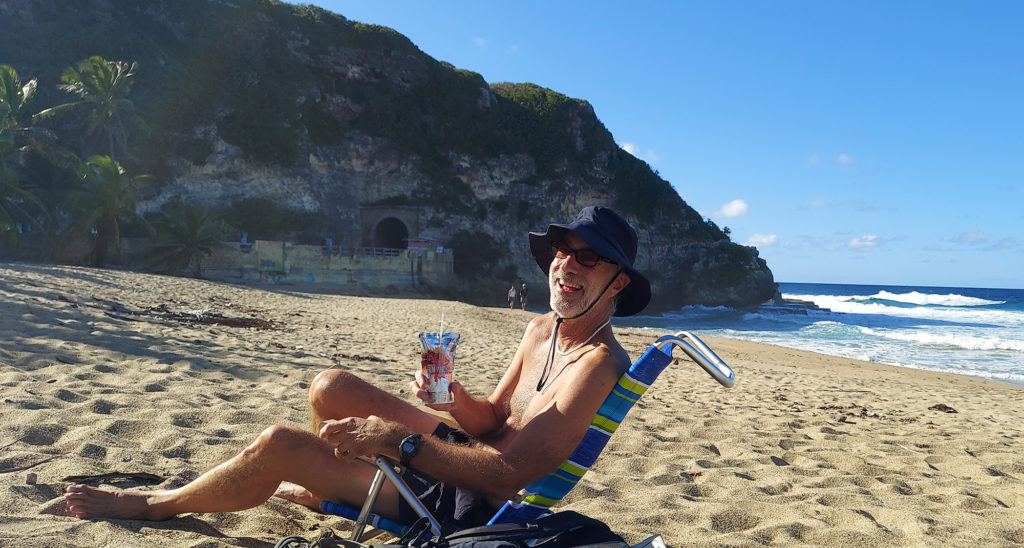We visited Finca Hekiti on an “Airbnb Experience” to learn where chocolate comes from. We learned so much more about the conservation of the forest and the life within it, that we are releasing this video in two parts. It’s long, but if you are interested in chocolate, and in forest sustainability and diversity, take the time to follow Finca Hekiti’s Co-Founder & Co-Director Ricardo Albarracín on this tour of the nine-acre farm in northwest Puerto Rico.
This is how the Airbnb Experience we signed up for (at a cost of $35 each for 3.5 hours), entitled “Educational Farm Tour in a Cacao Forest”, was described:
“We will receive the guest, walking through the cacao forest, learning about the farming practices when it comes to fine grain cacao, learn about the importance of agroforestry, permaculture and nature conservation. Depending on the tree production during the time of your visit, you will have the opportunity to view the cacao fruit, taste the fruit fresh from the tree and perhaps have the opportunity to harvest or plant cacao. We end the experience tasting the cacao fruit pulp and artisanal chocolate tasting.”
But Finca Hekiti is much more than a chocolate farm. It’s a passion. Hekiti Eco-Agroforestry Education Organization is a 501(c)(3) non-profit agro-ecological farm focused on the conservation and management of existing forests and their biodiversity in the Las Marias and Añasco mountains. It’s dedicated to education in agroforestry, agriculture, tropical fruit varieties (primarily fine grain cacao), forest inventory, fauna and flora. Oh, and chocolate! Come learn with us!


